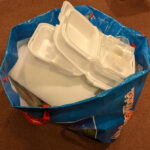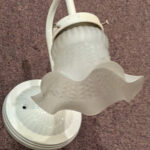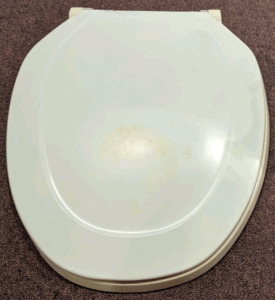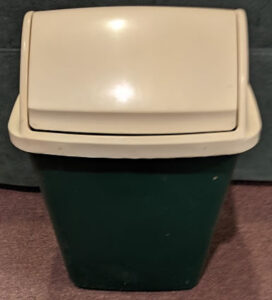 I’m not irresponsible. I’ve avoided eating in restaurants during the Covid pandemic.
I’m not irresponsible. I’ve avoided eating in restaurants during the Covid pandemic.
Nor am I stupid. I know that foam takeout food containers (often incorrectly called Styrofoam) are not good for our environment.
BUT, I knew that our local restaurants were in economic peril from a lack of customers and I wanted to support local businesses, so a few weeks ago we ordered carry-out from our favorite restaurant.
BUT, I didn’t realize how many foam takeout containers this would involve.
So, do two good intentions cancel out the ecological failing of using difficult, if not impossible, to recycle foam containers?
IT’S COMPLICATED.
As explained in previous blog posts (See Plastics #222, #223, and #224) Recycling should not be the first choice of conscientious consumers. It’s better to reduce unnecessary purchases by living simply and repair or reuse stuff when possible.
BUT, ultimately if the choice is between a recyclable item going to a landfill, littering our land, polluting our water, etc. OR recycling it, it’s better to recycle than just put it in the garbage. Of course, municipal curbside recycling is convenient and the right thing to do when reduce and reuse aren’t possible.
BUT, curbside recycling doesn’t accept many items like plastic bags, plastic clam shells, electronics, bathroom tiles, and foam takeout containers.
2 SOLUTIONS:
• The plastic bags are easy. Many supermarkets have recycling containers for plastic bags and similar plastic film.
• Since I am trying to become a reliable protector of Mother Earth, I was pleased to discover the new Cincinnati Recycling & Reuse Hub in my community. It takes things that my local curbside recycling will not – like clear plastic clam shells, bathroom tiles, electronics, printer cartridges, plastic CD cases and, YES – Styrofoam and molded foam packaging. I was ready for the big dump.
 Good news: Yes, the HUB took all of the above, except for my foam takeout food containers – and I had quite a few of them. Apparently, they accept Styrofoam and molded foam packaging but not takeout food containers – at least not yet.
Good news: Yes, the HUB took all of the above, except for my foam takeout food containers – and I had quite a few of them. Apparently, they accept Styrofoam and molded foam packaging but not takeout food containers – at least not yet.
So, I need to get smarter on what the differences are between Styrofoam, expanded polystyrene (EPS) foam, building insulation foam, foam takeout containers, etc. I had previously lumped all these things into the same category – a problem to recycle.


 Meanwhile, I balanced out my disappointment in not finding a happy home for my foam containers by finding that a Habitat for Humanity ReStore was only 10 minutes away and could use my bathroom light fixture. The nearby Goodwill happily took my plastic waste basket and old but functional toilet seat.
Meanwhile, I balanced out my disappointment in not finding a happy home for my foam containers by finding that a Habitat for Humanity ReStore was only 10 minutes away and could use my bathroom light fixture. The nearby Goodwill happily took my plastic waste basket and old but functional toilet seat.
3 Lessons Learned:
1. Recycling is an important back up solution, but it takes time to learn the ropes.
2. Persistence and humility are worthy virtues to cultivate.
3. Keep googling and consulting with experts. I’m not too old to learn some new-to-me science.
This is not the end of the story. I welcome knowledgeable people adding to this post and will follow up with more factual information as I learn more myself.
